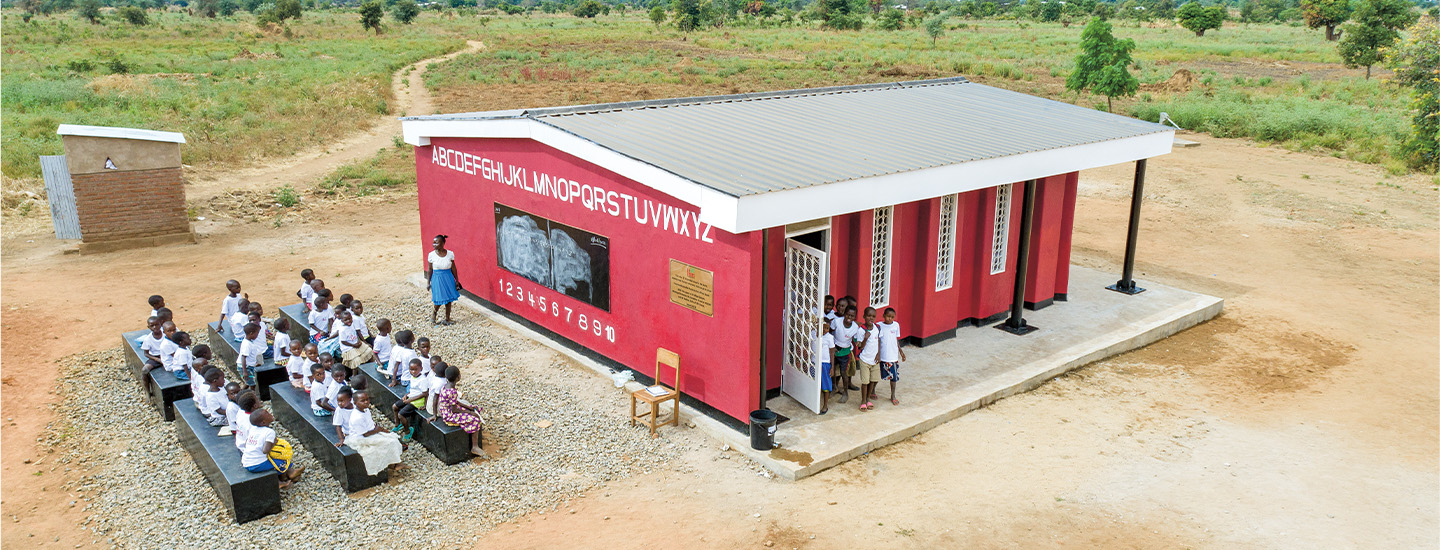Jim McMahon/Mapman ®
Imagine waking up one day and—poof! There’s a new school right across the street. It seems to have appeared overnight.
This may sound like magic. But it happened in the African country of Malawi. A small village there is now home to the world’s first 3-D printed school. Its concrete walls were built in just 15 hours.
The new school opened in June 2021. Before that, kids in the area had to walk miles to class. That’s a common problem in Malawi, where there aren’t enough classrooms for students.
And it’s just one of many problems that experts say 3-D printing can help solve.
Picture this: One day, there’s a new school on your street. It seems to have appeared overnight.
This may sound like magic. But it happened in the African country of Malawi. A village there has the world’s first 3-D printed school. Its concrete walls were built in just 15 hours.
The new school opened in 2021. Before that, kids in the area had to walk miles to class. That’s a common problem in Malawi. There aren’t enough classrooms for students there.
It’s one of many problems that 3-D printing could help solve.
Imagine waking up one day and seeing a new school right across the street. It seems to have appeared overnight.
This might sound like magic, but it happened in the African country of Malawi. A small village there is now home to the world’s first 3-D printed school. Its concrete walls were built in only 15 hours.
Before the new school opened in June 2021, kids in the area had to walk miles to class. That’s a common problem in Malawi, where there aren’t enough classrooms for students.
And it’s just one of many problems that, according to experts, 3-D printing can help solve.

